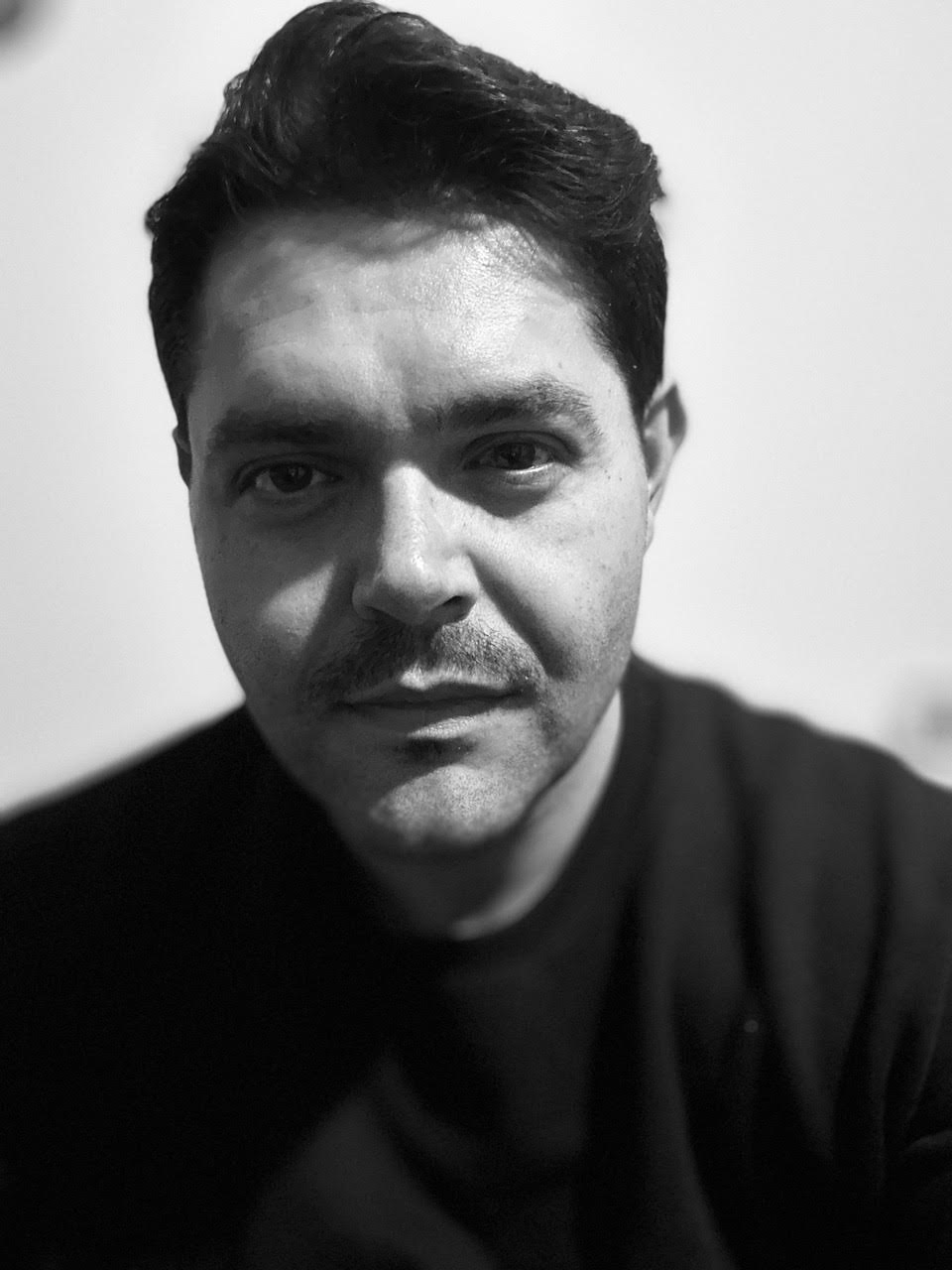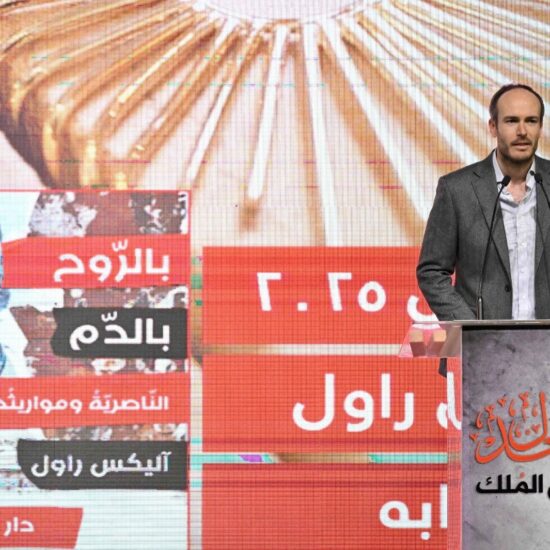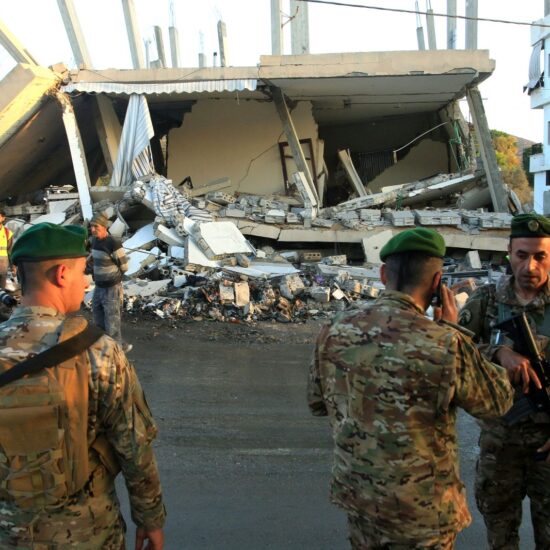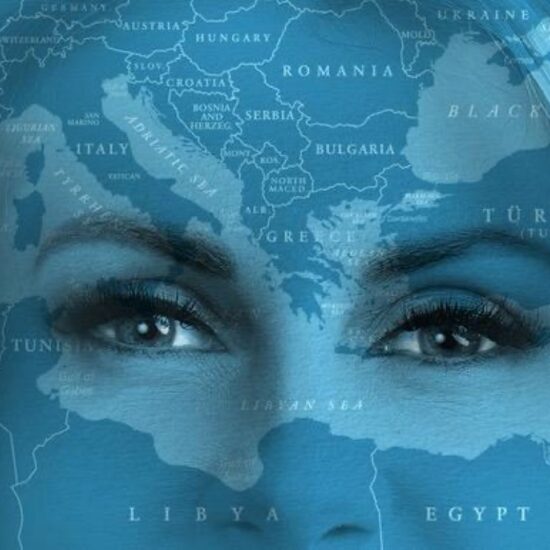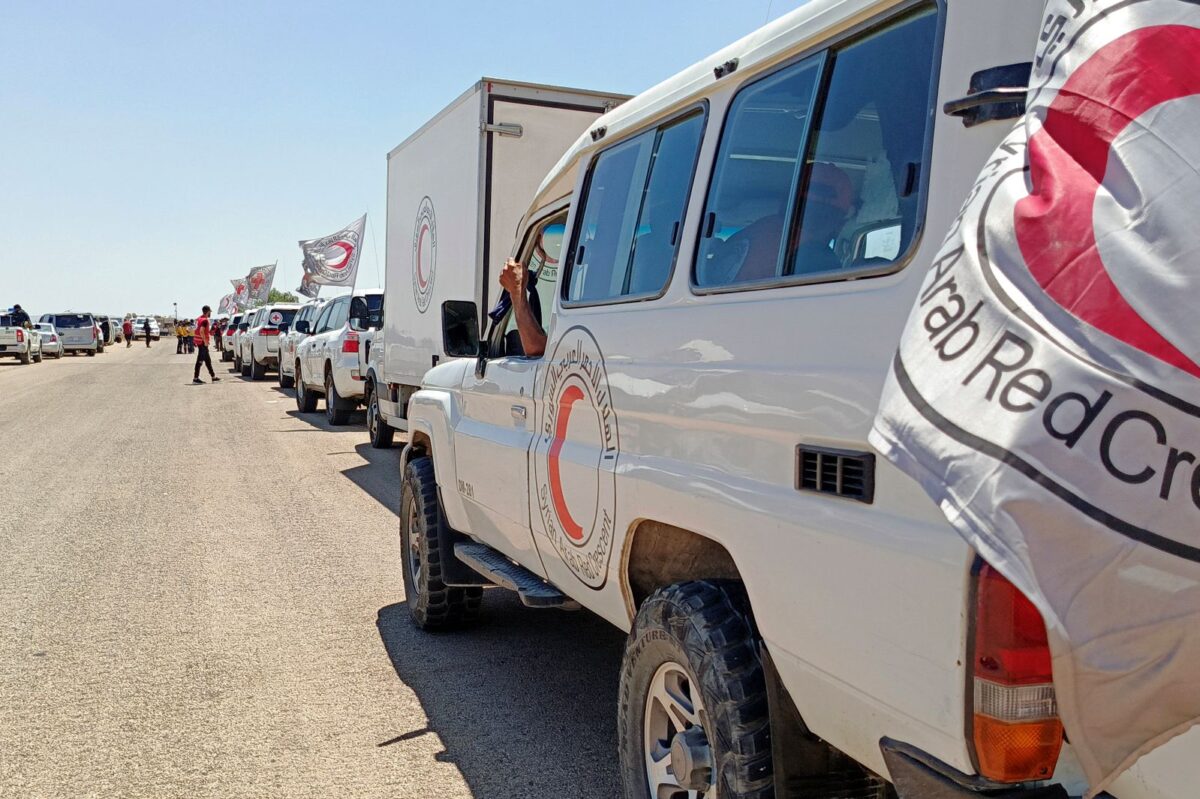
The gunfire in Suwayda has stopped. The fighters have retreated, the regime’s forces have pulled back, and—for now—the streets are quiet. But make no mistake: the conflict is not over. If anything, the silence has made the uncertainty louder.
During the clashes, it was easy to define the moment: survival, resistance, pain, dignity. But once the bodies are buried and the cameras turn elsewhere, we’re left with the harder question: what now?
And that is the real battlefield.
Because the continuation of the military conflict, for all its horror, was in some ways easier to understand than the fragile, volatile terrain we now face. It gave form to fear. It gave direction to defiance. But in this aftermath, clarity is replaced by confusion, and all the options are hard.
Still, we demanded the attacks stop and they did. Now we owe ourselves a roadmap.
Here are the scenarios currently on the table:
- The Status Quo with Local Autonomy (De Facto, Not Formal)
The most immediate and likely scenario is the continuation of the current arrangement: the Suwayda Military Council maintains local control while Damascus holds back reluctantly tolerating a degree of Druze self-governance to avoid further escalation.
This may feel like a temporary victory. It preserves security and dignity. But it comes at a cost. Without formal recognition or institutional support, Suwayda risks becoming a permanent grey zone: neither truly integrated nor independent. Its residents would remain vulnerable to future aggression, reliant on militias, and excluded from the national political process.
For this model to work, it needs clear international oversight, local governance capacity, and a freeze on regime attempts to reassert dominance. Otherwise, it’s only a calm before the next storm.
- Negotiated Reintegration with Security Guarantees
In a more optimistic but difficult path, Suwayda and Damascus could enter formal negotiations to define a reintegration deal with international mediation. That would require a clear set of guarantees: no forced conscription, local policing authority, and accountability for crimes committed by regime forces.
This path could restore a sense of national unity without erasing minority identity. But it depends on two things: the willingness of the state to genuinely share power, and the trust of the Druze that such guarantees would hold.
So far, both are in short supply. The regime is offering “dialogue”, but it is doing so with the same tone that preceded the massacre. Unless trust is built from the bottom up, this scenario remains an ideal more than a plan.
- Formal Autonomy or Federalism
This is the boldest, most transformative option: to push for constitutional reform in Syria and establish Suwayda as an officially autonomous region modeled loosely after the Kurdish northeast.
This would formalize minority protection, self-governance, and allow Suwayda to remain part of Syria without being swallowed by it. But such a move would ignite fierce resistance from the regime, neighboring Sunni tribes, and even from some in the opposition who view federalism as fragmentation.
And while this might serve Druze interests in the short term, it risks setting a precedent of ethnic partition that could unravel what remains of the Syrian social fabric. For this to be viable, it would require regional consensus, a new Syrian constitutional process, and deep restraint from all sides, a tall order in today’s landscape.
- International Protection or Peacekeeping Mandate
Some have called for an international force to step in a UN or regional peacekeeping mission tasked with protecting Druze civilians and monitoring the ceasefire.
In theory, this is a desirable safeguard. In practice, it’s almost impossible. The UN Security Council is paralyzed, and any foreign presence on Syrian soil would be framed by Damascus (and its allies) as foreign occupation.
Still, the idea raises an important point: protection cannot be left to promises alone. If not boots on the ground, then perhaps an international mechanism for monitoring abuses and enforcing agreements is the bare minimum needed to prevent recurrence.
- Spillover and Regional Escalation
The most dangerous scenario is the one no one wants to name: that this fragile pause gives way to renewed violence, fueled by sectarian vengeance, regional proxy dynamics, and the weaponization of minority fear.
If Suwayda becomes a battleground between Israel and Iran, or if the Druze-Sunni rift deepens into retaliation across Lebanon and southern Syria, the consequences could be catastrophic.
This is precisely why all Lebanese and regional actors must treat this moment with strategic responsibility. No grandstanding. No incitement. No illusion that more violence will protect anyone.
The Way Forward Must Be Political, Grounded in Self-Determination
At the end of the day, the Syrian people have the right to choose their future, even if the Syrian identity, still young and contested, has not yet fully crystallized into a shared sense of belonging. That’s the uncomfortable truth: belonging to Syria, for many minorities, has never felt guaranteed.
But this moment of redefinition is not just a crisis. It is also an opportunity.
We can hope—and we must—that what the people of Suwayda choose will serve not only their survival, but the dignity of all Syrians. That their pursuit of protection will not be twisted into isolation. That their demand for justice will not be painted as rebellion. And that the outcome of this tragedy is not a deeper fragmentation, but a more honest reckoning with the broken foundations of the Syrian state.
No roadmap is easy. But doing nothing is not an option. The bloodshed may have stopped, but history is still being written.
Ramzi Abou Ismail is a Political Psychologist and Senior Research Fellow at the Institute for Social Justice and Conflict Resolution at the Lebanese American University.
The views in this story reflect those of the author alone and do not necessarily reflect the beliefs of NOW


